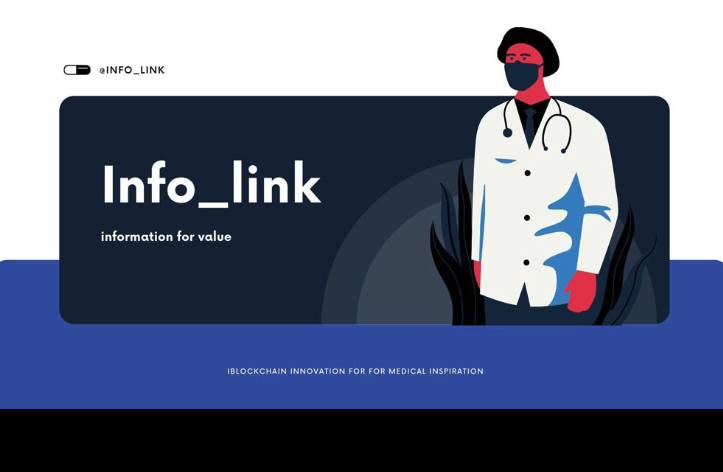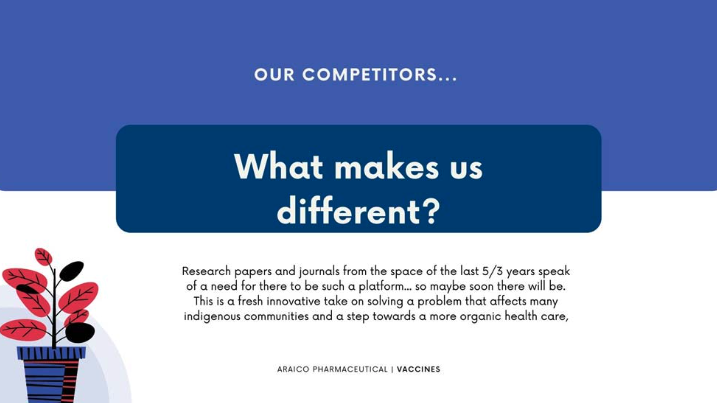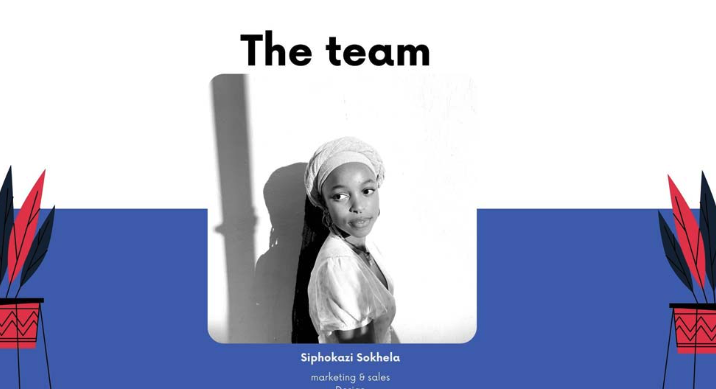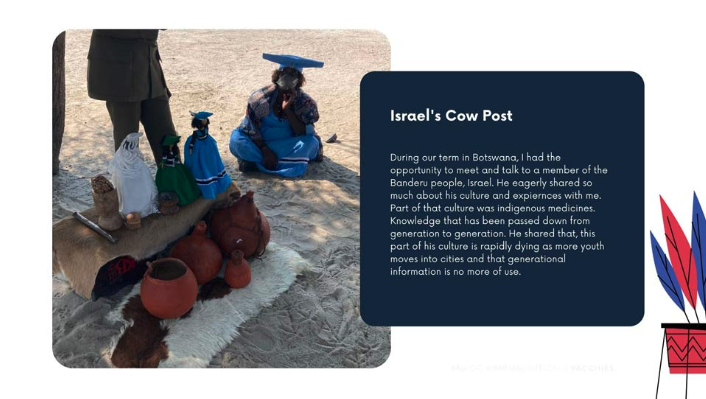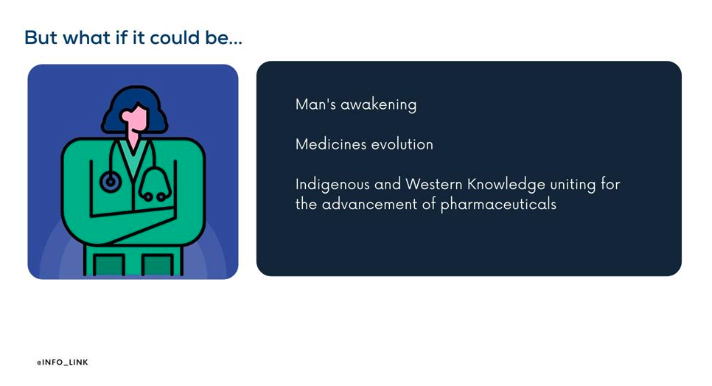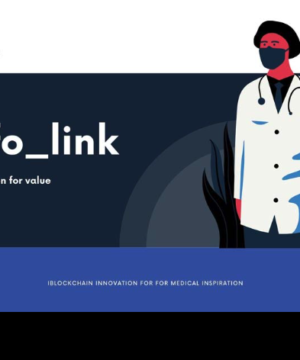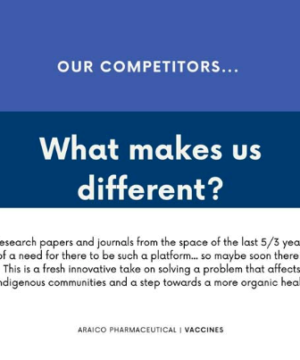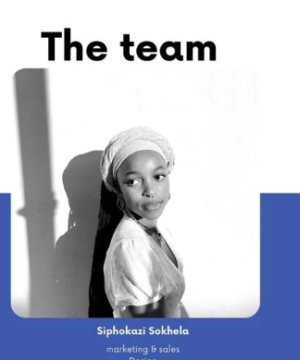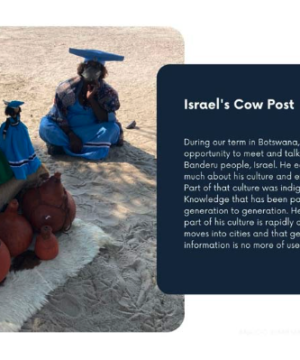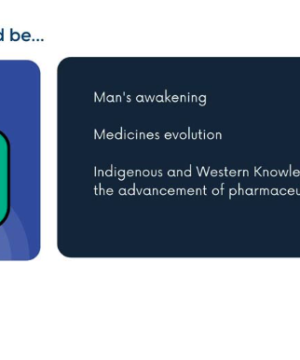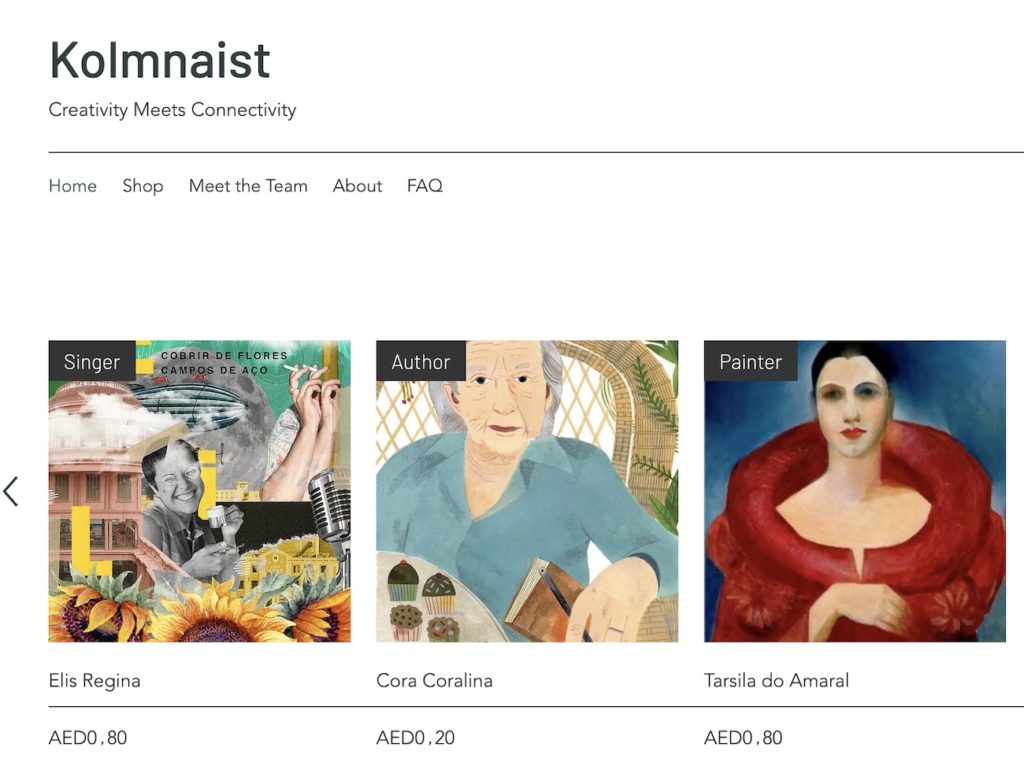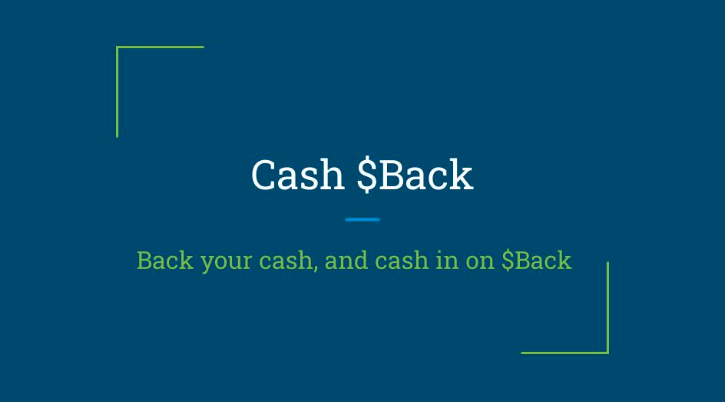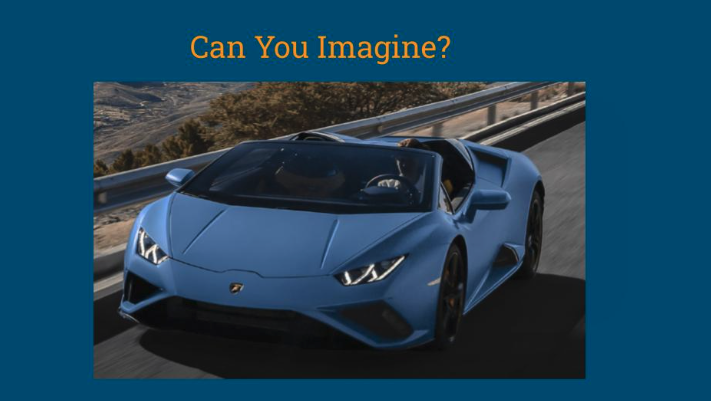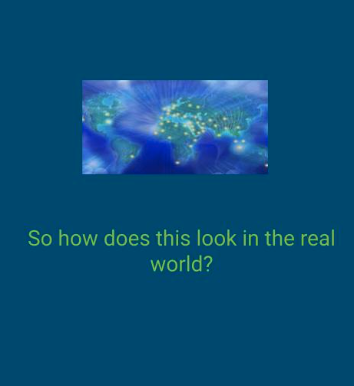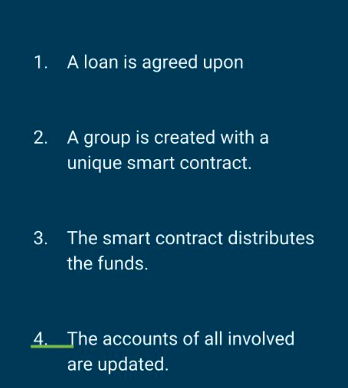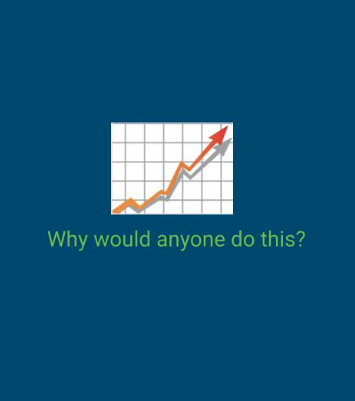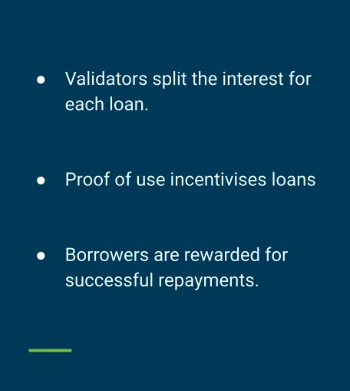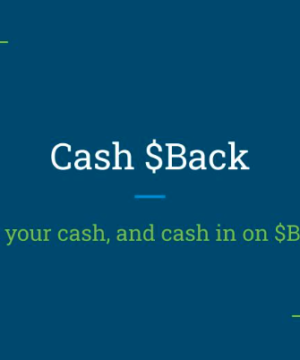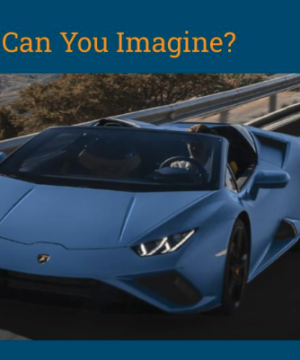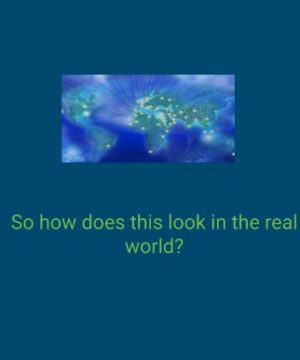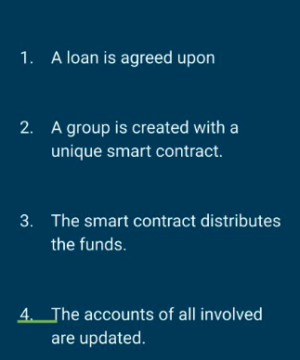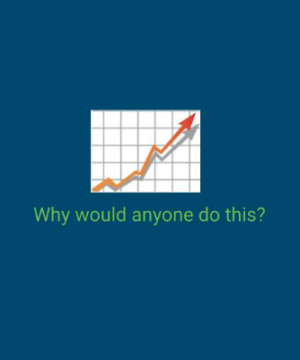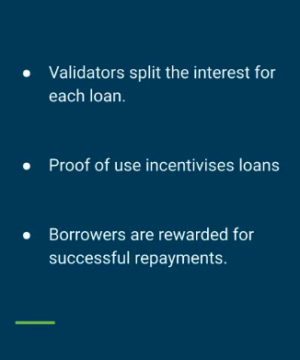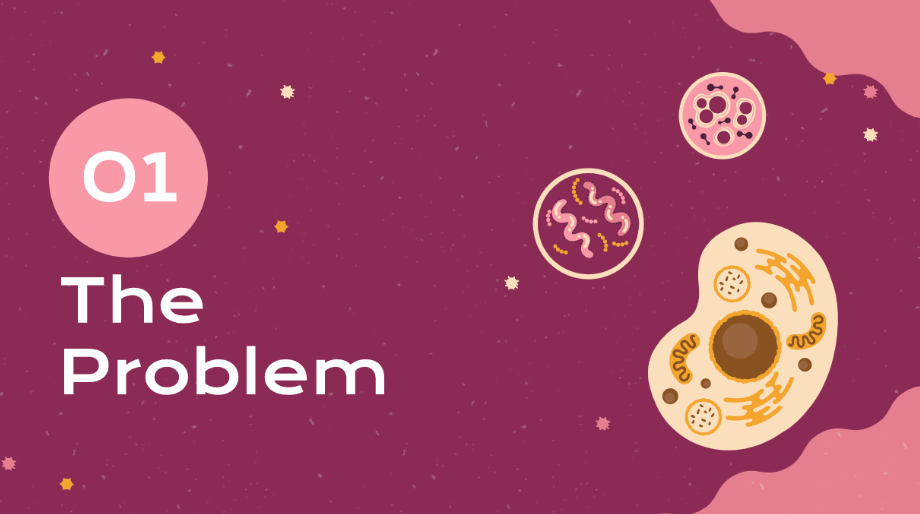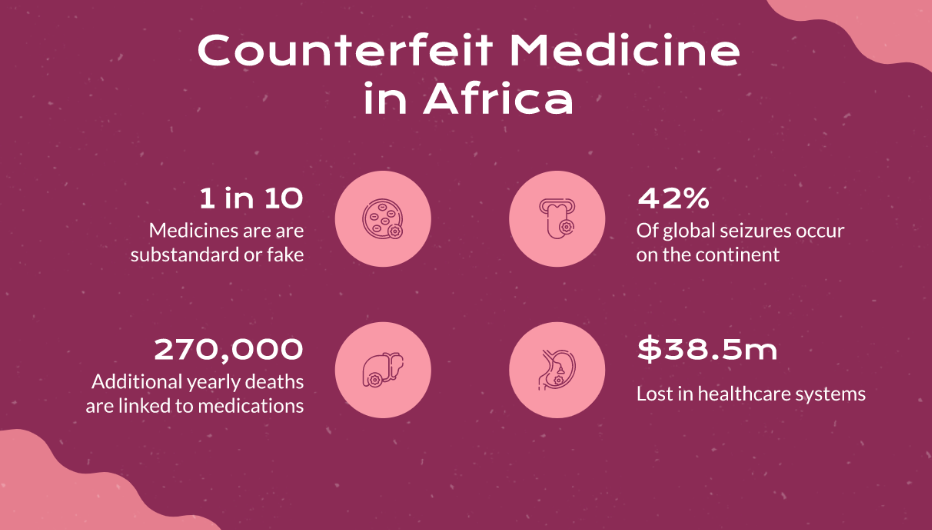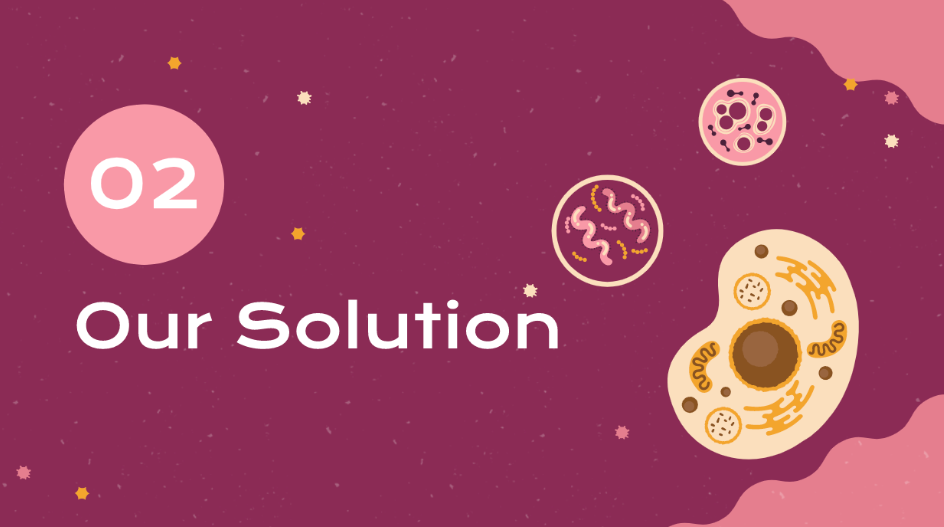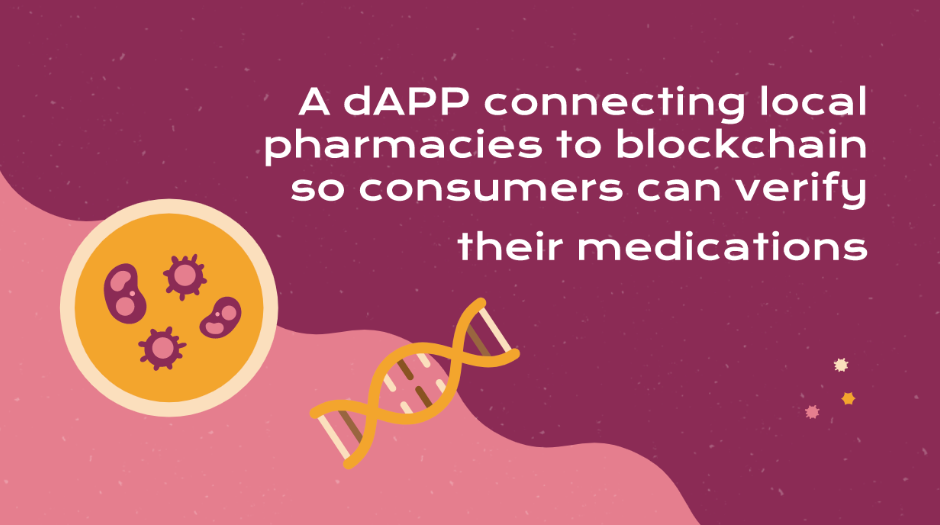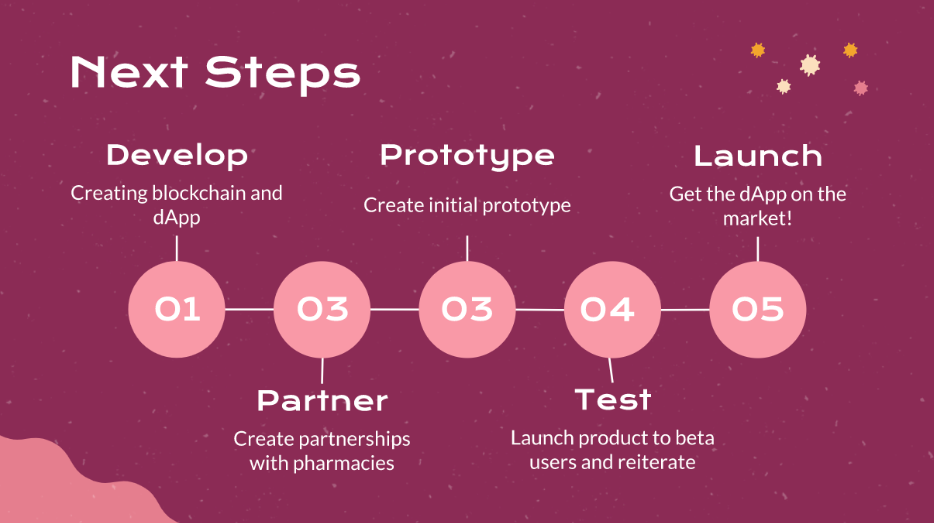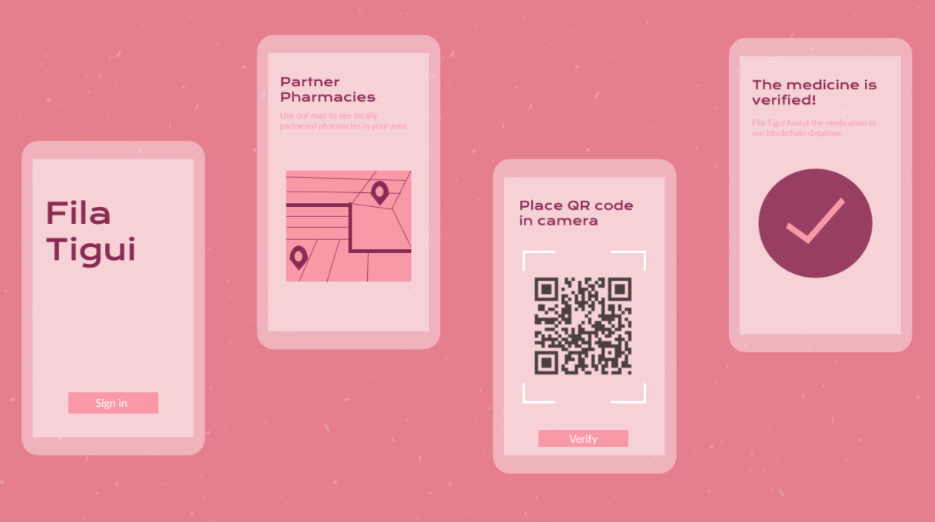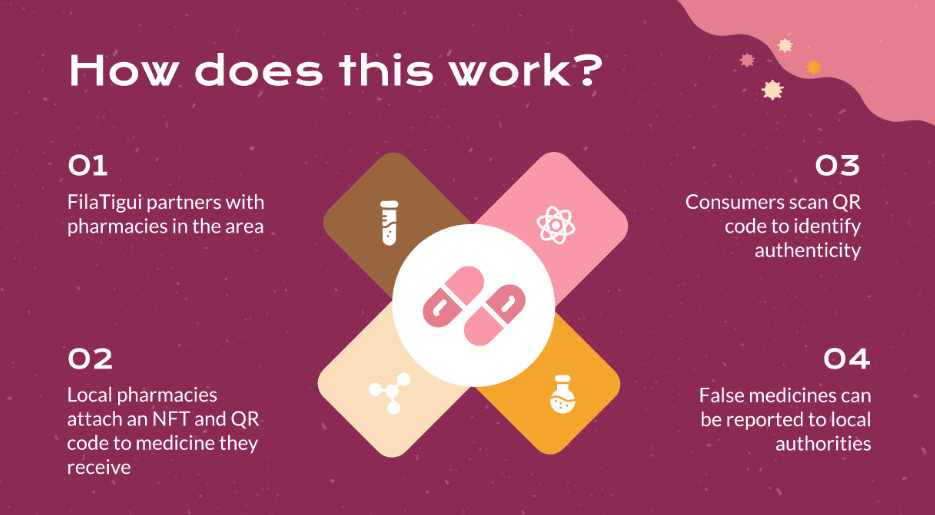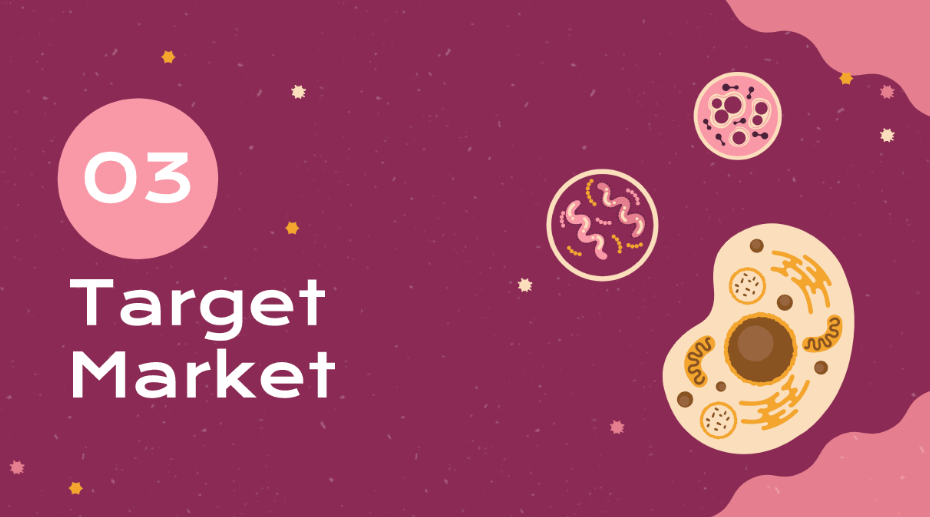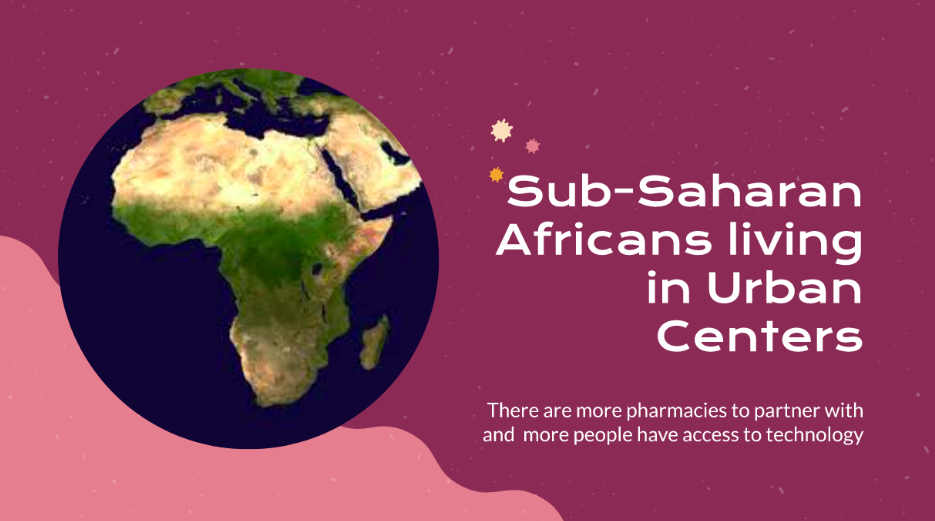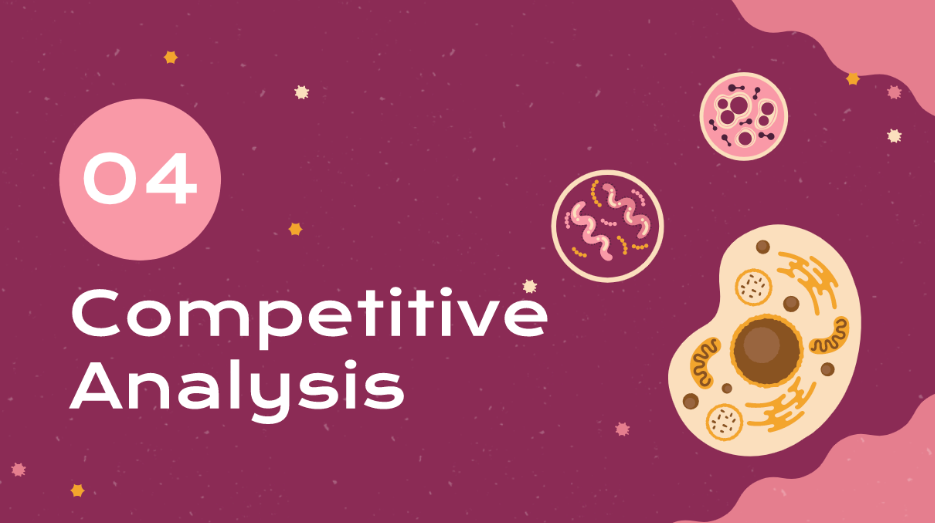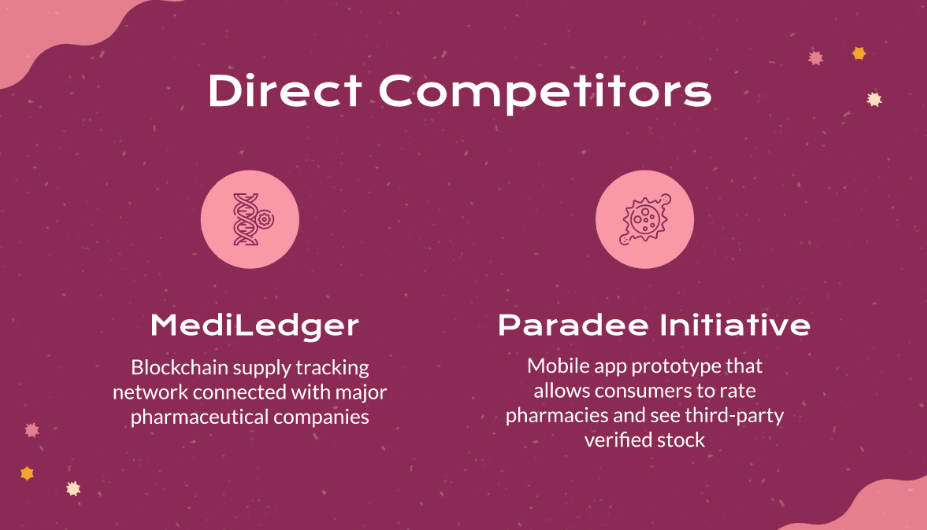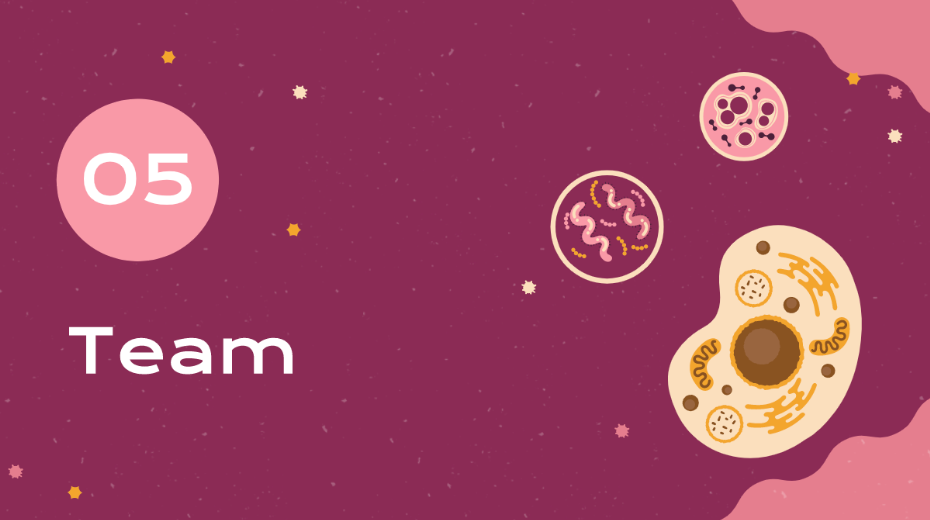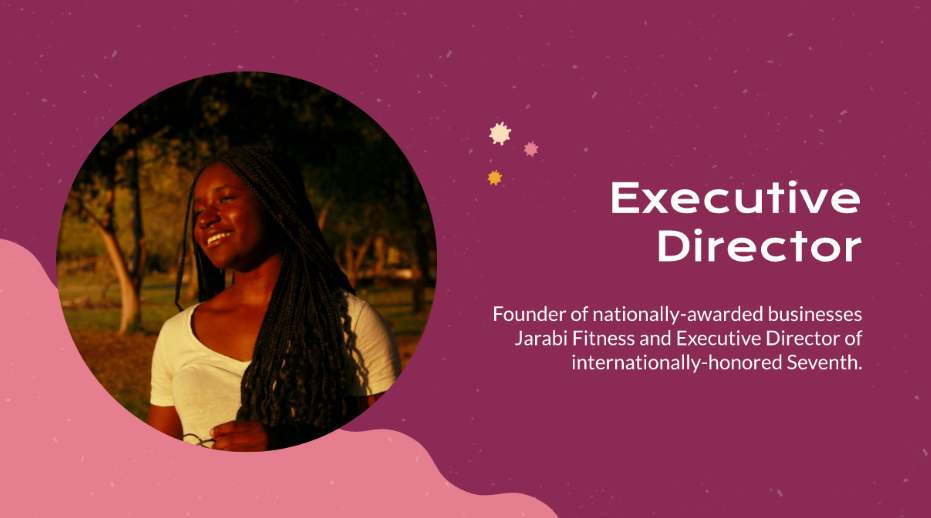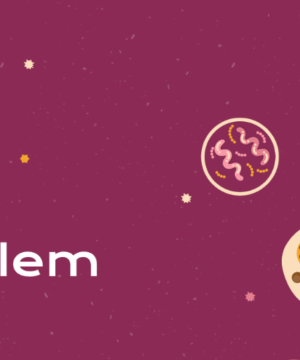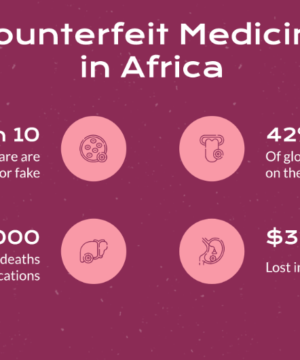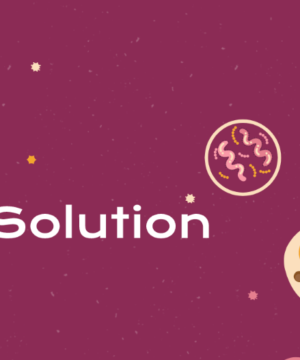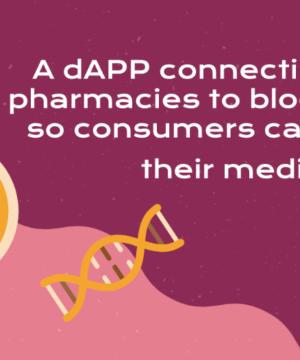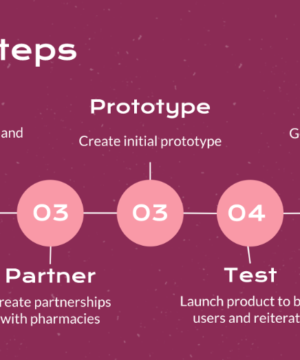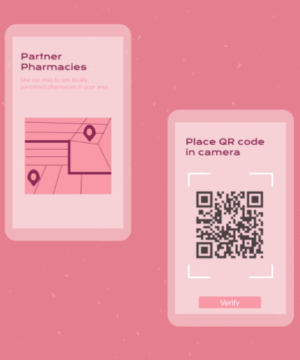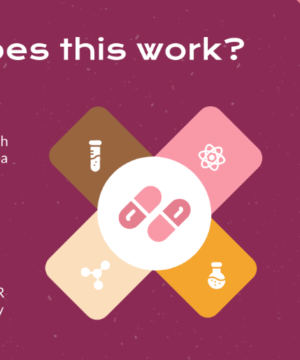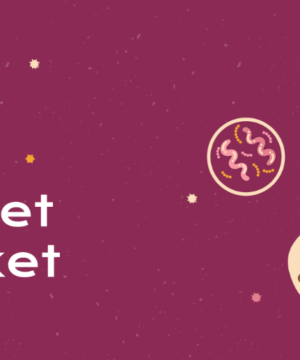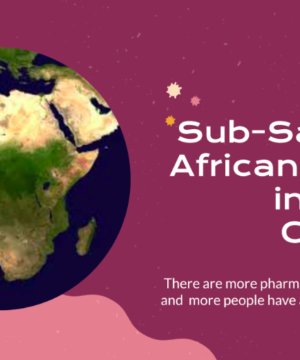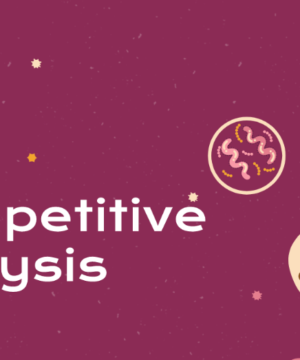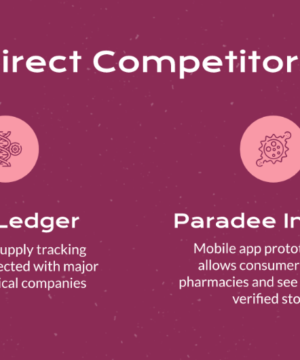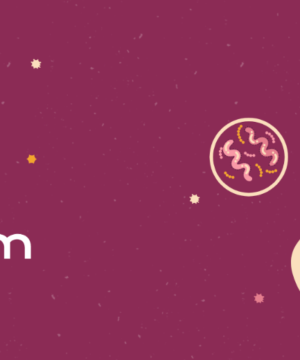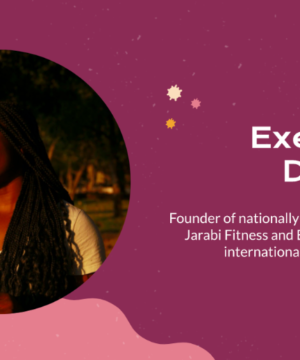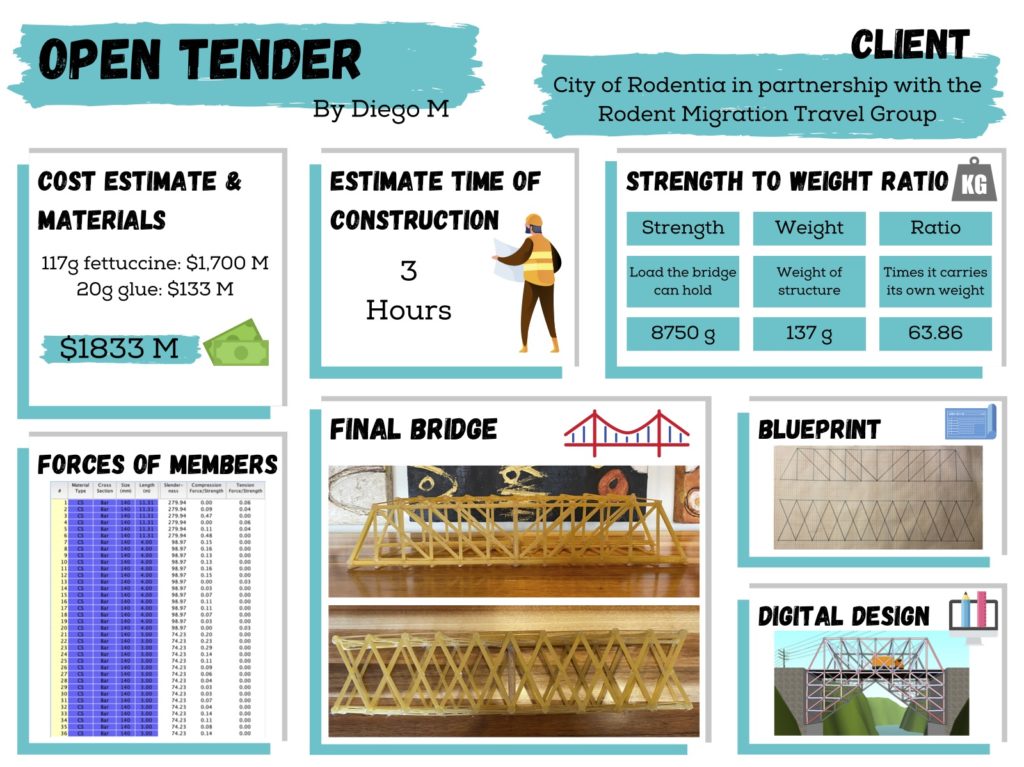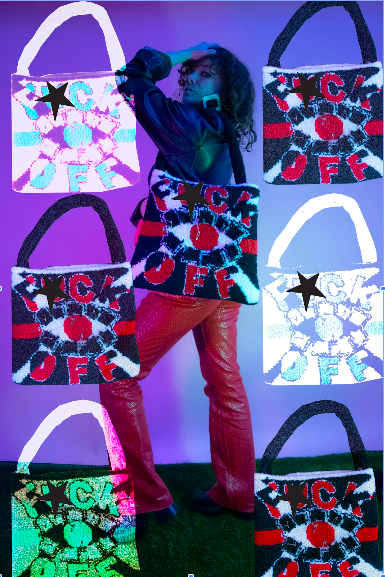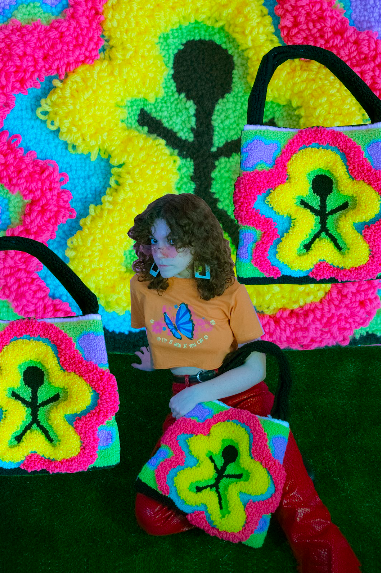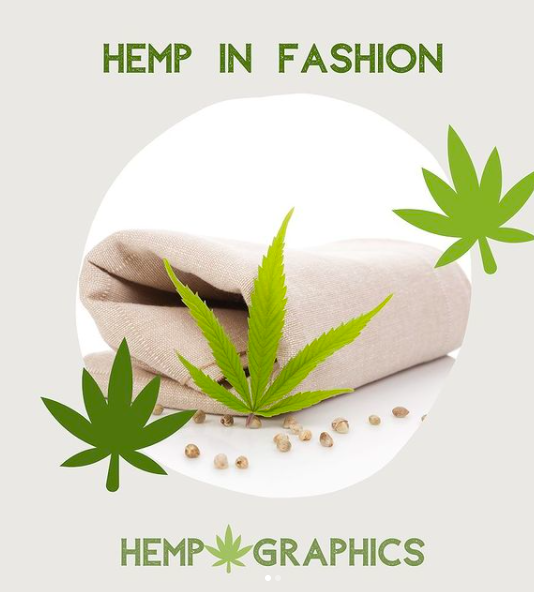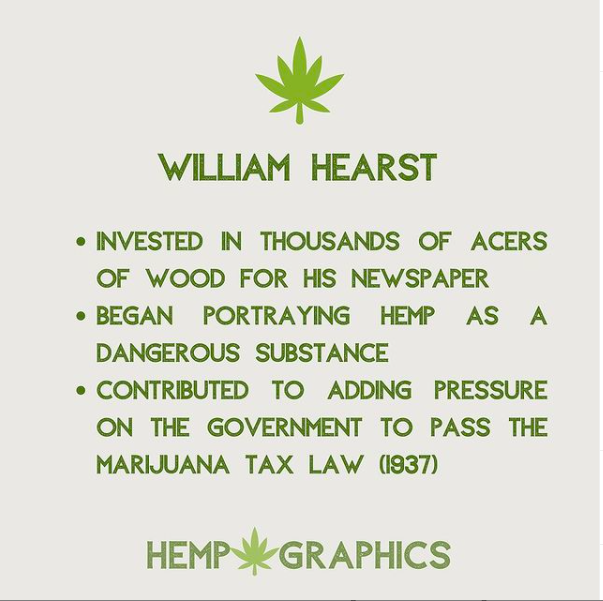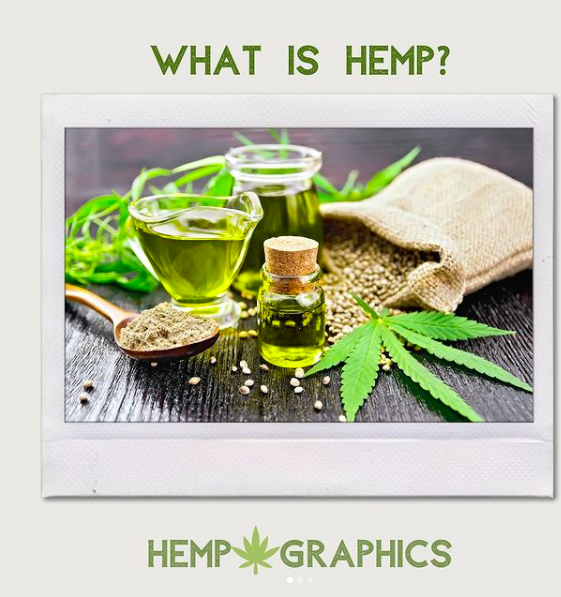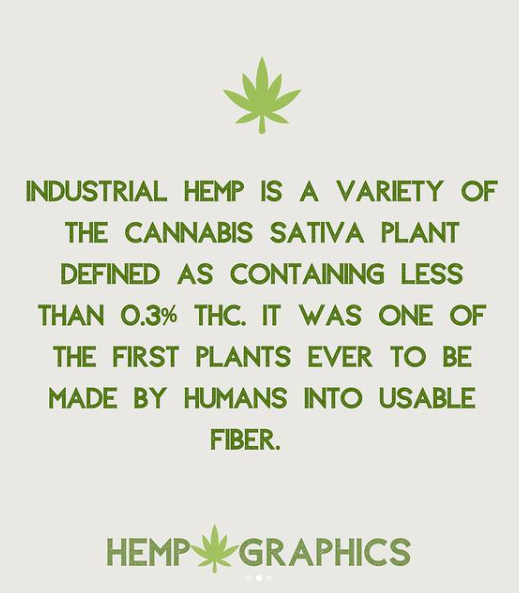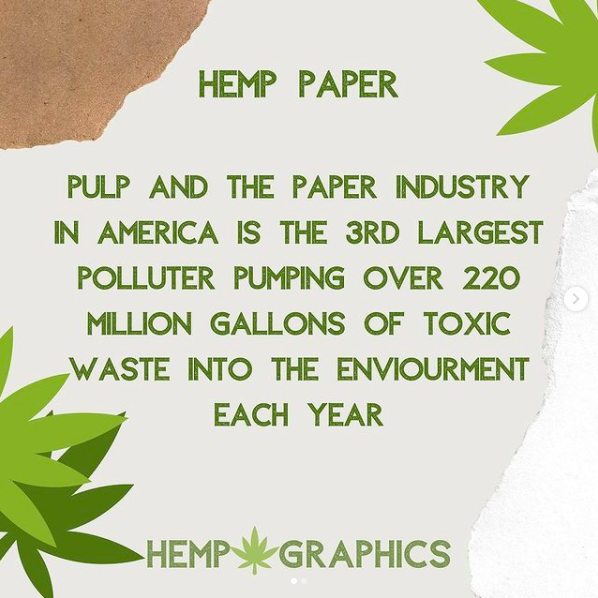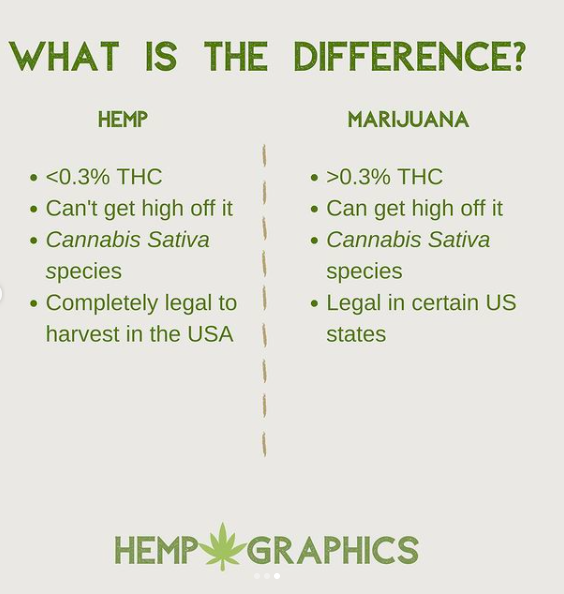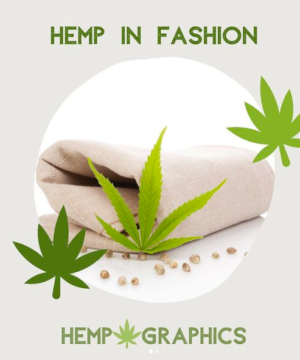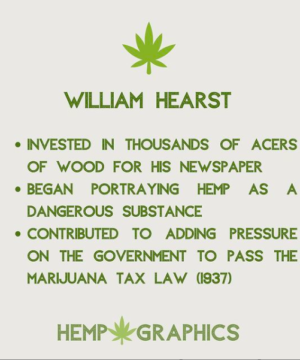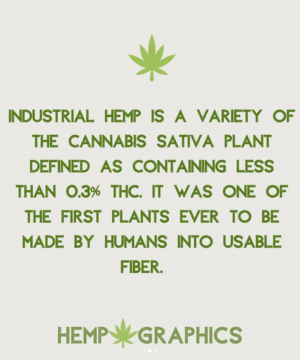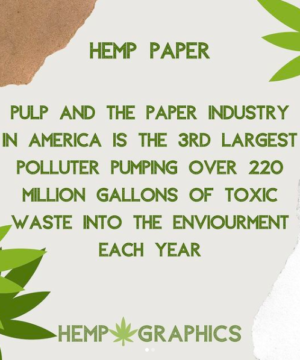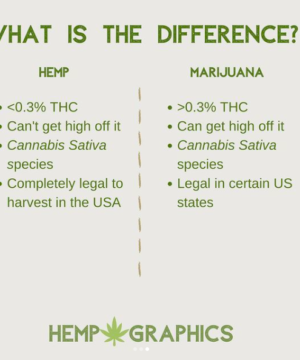Driving Question:
How can virtual assistant technologies be utilized to design a safe smart home for the elderly and dependent individuals?
Project Summary:
Gabriel T., one of our seniors from Ecuador, has undertaken a project to address the challenges faced by elderly and dependent individuals through the integration of virtual assistant technology into their homes. Motivated by the struggles his grandparents faced with dementia and limited mobility, Gabriel sought to enhance their daily lives while lightening the load on their caregivers. This project was driven by the belief that technology could significantly increase independence and quality of life for the elderly and dependent, while also supporting caregivers in their essential roles.
The heart of Gabriel’s project lies in the strategic deployment of Amazon Alexa devices throughout his grandparents’ home. These devices were carefully placed to address specific needs: improving communication, enhancing organization, and providing entertainment. For instance, Alexa enabled his grandparents to communicate more effectively with their caregivers, despite challenges such as a weak voice. It also helped caregivers stay organized by reminding them of tasks that are easily overlooked in the busyness of daily routines, like adding items to the shopping list or remembering to administer medication.
One of the most impactful aspects of Gabriel’s project was the introduction of routines and entertainment options through Alexa. His grandparents now had access to audiobooks, music, and routines that provided structure to their day. For instance, Gabriel programmed an alarm system that alerted caregivers if something was wrong, providing immediate assistance when needed. These enhancements not only improved the quality of life for his grandparents but also provided them with a greater sense of security and independence.
The initiative also highlighted the broader potential of technology to support elderly and dependent individuals across different households. By documenting and sharing his approach, Gabriel aimed to create a replicable model that could be implemented in other households facing similar challenges. This approach not only illustrated the transformative power of technology but also emphasized the importance of compassion and human touch in caregiving.
In conclusion, Gabriel T.’s project represents a significant step forward in leveraging technology to support vulnerable members of society. It demonstrated how digital solutions can be integrated into daily life to enhance independence, improve quality of care, and provide peace of mind to both caregivers and their charges. Through his efforts, Gabriel has shown that with thoughtful design and implementation, technology can play a pivotal role in promoting dignity, security, and happiness in the lives of elderly and dependent individuals.
